Currently, the province's concentrated forest area is over 92,460 hectares, of which special-use forests are about 18,706 hectares, protective forests are 20,332 hectares, and the rest are production forests with over 53,422 hectares. Not only is the area large, but the number of people living in the forest areas and having their economy dependent on forest resources and forestry land is also not small. Up to now, the total number of households and individuals receiving forest land contracts from protective and special-use forest management boards and forestry companies is 17,457 households, with an area of over 81,521.36 hectares.
In addition, there are currently 6,305 households in 20 communes, in 6 districts, assigned land and forest with an area of over 23,308 hectares. Specifically, the U Minh Ha forest area has 3,262 households with about 14,292 hectares, of which the forested land area is about 35%, the non-forested land area accounts for about 65%. The average area in Tran Van Thoi district, 1 household receives about 2.93 hectares and in U Minh district, it is 5.32 hectares. The mangrove forest area has about 9,016 hectares of forest and forestry land assigned to 3,043 households.
In recent years, the allocation of forests and forestry land as well as the conversion of forestry land purposes have made important contributions to socio-economic development. In order to fully exploit the potential of forests and forestry land, since 2009, the U Minh Ha area has begun to convert part of the Melaleuca forest area to planting hybrid Acacia and Australian Melaleuca and applying the method of cultivation by making concentrated ridges for planting forests. Up to now, the area of concentrated forest plantation with intensive ridges here is about 23,500 hectares, of which hybrid Acacia is about 11,250 hectares and Melaleuca is 12,250 hectares.
In addition to the value of forest trees, mangrove areas also bring in many valuable sources of income from combined aquaculture activities. The internationally certified combined forest-shrimp model is a sustainable economic development direction that is increasingly being replicated. To date, 5,823 households with an area of 30,578 hectares have international certification for sustainable forest-shrimp.
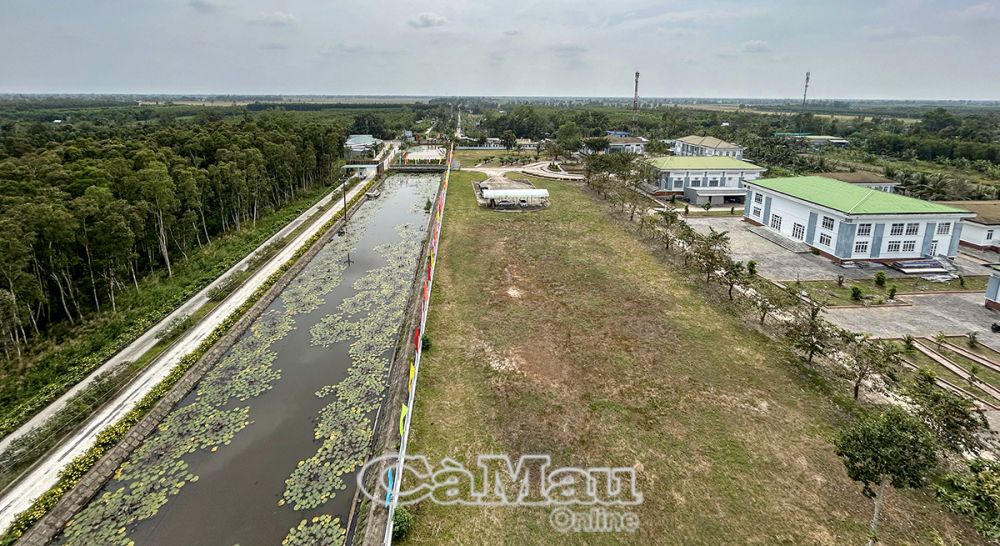
Ecotourism under the forest canopy in 2024 will bring in a value of about 18 billion VND, of which U Minh Ha National Park is a destination chosen by many tourists.
Mr. Tran Ngoc Thao, Director of U Minh Ha Forestry One Member Co., Ltd., said: "Currently, the forestry value that acacia trees bring has increased significantly. However, for cajuput trees, although the output is still guaranteed, the price is not high. In particular, some cajuput areas in Tran Van Thoi district are currently facing difficulties in output, due to additional transportation costs incurred during the exploitation process."
The decrease in timber prices, along with some difficulties related to infrastructure for transportation... has caused forest exploitation, processing and consumption of forest products in 2024 to not meet the set plan. Specifically, the exploited forest area only reached about 86%, equivalent to an area of about 5,215 hectares. Of which, the mangrove forest area is 1,171 hectares, with an output of 151,826 m3; the U Minh Ha area is about 4,044 hectares, with an output of 500,292 m3.
Mr. Thao added that the field of forest exploitation and processing is still a difficult one at present when the whole province only has about 126 establishments purchasing, processing and trading wood products. Not only that, most of them are small-scale individual production and trading households; there are only 8 enterprises but they are also small and medium-sized, the technology is not modern, the products lack diversity to meet market demand. To overcome this difficulty, recently, the company has contacted investors in Ho Chi Minh City and Binh Duong, however, it is still at the research stage.
In addition, the implementation of Decree No. 168/2016/ND-CP of the Government on the contracting of forests, orchards and water surface areas in management boards of special-use forests, protective forests and State-owned agricultural and forestry single-member limited liability companies in the province has recently encountered certain difficulties.
“Currently, the entire company still has 118 households that have not been assigned land, because the households have moved away to work and some areas are in dispute. The company has developed a plan to complete the assignment in 2025,” Mr. Thao informed.
Regarding the forest and forestry land areas managed by the locality, Mr. Le Hong Thinh, Vice Chairman of the People's Committee of U Minh district, said that the district is finalizing the Forest Use Plan for 2025 for approval. At the same time, adjusting the plans for allocating forestry land to households. However, there are currently difficulties in converting the purpose of use from forestry land to other types of land, which makes it impossible for many households in residential areas in the forest area to build houses and related works, even investing in the construction of roads.
A typical example is the route from Tac Thu - Da Bac, although there is a road and many households have built houses, the land purpose has not been changed, which means it is still forestry land. This situation not only causes difficulties for people and businesses but also causes the State to lose land use fees because the land use purpose has not been changed. Clearly, this is a land resource that is being wasted.
Although the province has a large forest area and a need for seedlings for new forest planting and post-harvest planting, the province currently does not have a facility to produce cajuput seedlings to serve the needs of the people. In the past, 100% of cajuput seedlings for forest planting were purchased in provinces such as Hau Giang, Soc Trang, Kien Giang, Long An...
Despite achieving some important results in forestry management in the province, Mr. Phan Minh Chi, Deputy Director of the Department of Agriculture and Environment, commented that the management of forest development and forestry economy still faces many difficulties and challenges. Typically, the proportion of value and economic growth of forestry is low, competitiveness is weak, while the ratio of forest area to natural area is quite large; the quality of planted forests is not high, the area of production forests certified for sustainable forest management is low; wood processing technology has not been deployed yet...
The planned area of production forests in the whole province is currently about 91,600 hectares, accounting for 17.4% of the province's natural area. However, the total income from the forest area in 2024 is about 2,013 billion VND, of which the value of wood is only about 495 billion VND, the rest is mainly aquatic products 1,470 billion VND, eco-tourism 18 billion VND, combined rice 25 billion VND, the rest is bananas (2.7 billion VND), honey (1.8 billion VND) and fish (326 million VND). These are specific figures showing that the economic potential of the province's forests is still very large.
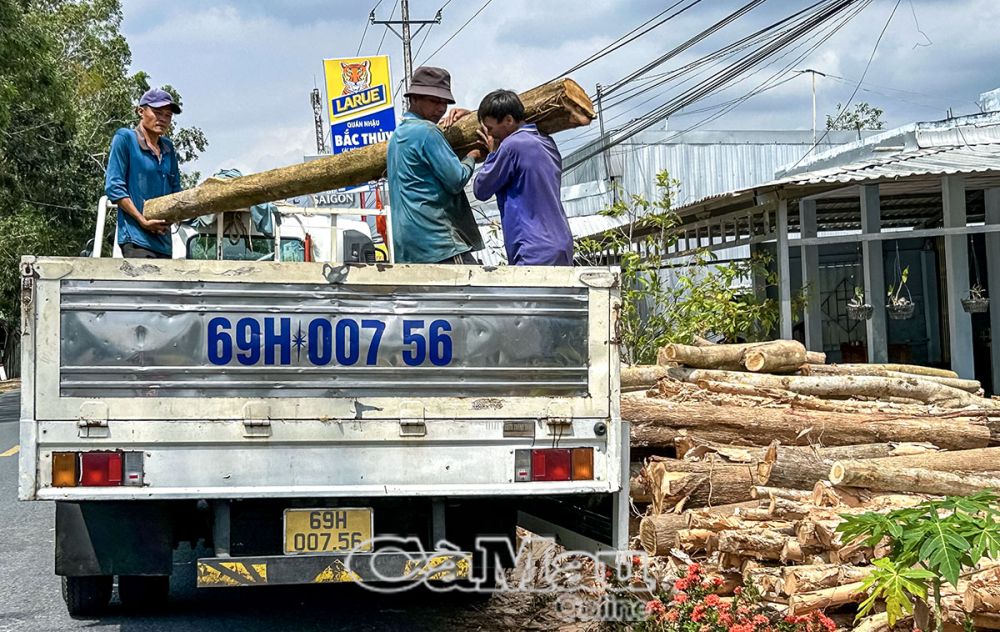
In 2024, the total value of wood is only about 495 billion VND.
The forestry economy is on the rise and is currently considered to have much room to make a breakthrough in the coming time. To maximize the value that forests bring, Vice Chairman of the Provincial People's Committee Le Van Su emphasized that in the coming time, it is necessary to focus on removing difficulties, especially in the work of allocating land and forests to people, implementing land allocation to local management to create land funds for resettlement areas and serving projects... This is one of the three particularly important resources for socio-economic development. In addition, to create added value, it is necessary to quickly build forests that meet sustainable forest management certification, because currently the whole province only has about 2,212 hectares (about 2.32%) that meet this certification./.
Nguyen Phu
Source: https://baocamau.vn/go-kho-tao-dot-pha-cho-kinh-te-lam-nghiep-a38201.html



![[Photo] "Beauties" participate in the parade rehearsal at Bien Hoa airport](https://vstatic.vietnam.vn/vietnam/resource/IMAGE/2025/4/11/155502af3384431e918de0e2e585d13a)
![[Photo] Looking back at the impressive moments of the Vietnamese rescue team in Myanmar](https://vstatic.vietnam.vn/vietnam/resource/IMAGE/2025/4/11/5623ca902a934e19b604c718265249d0)



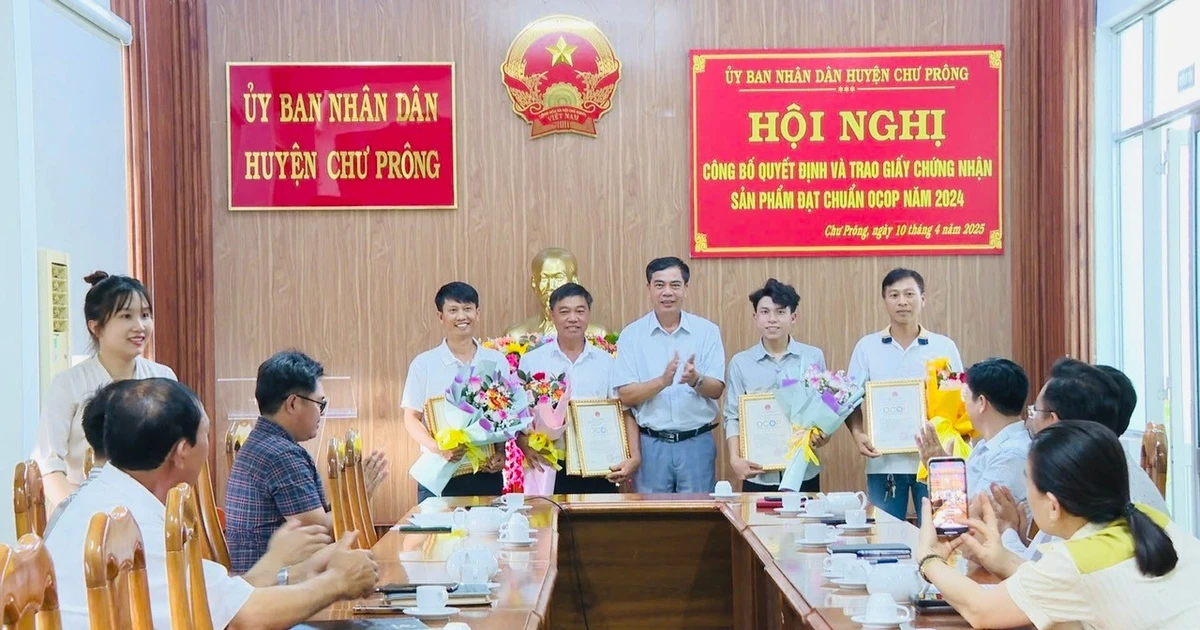
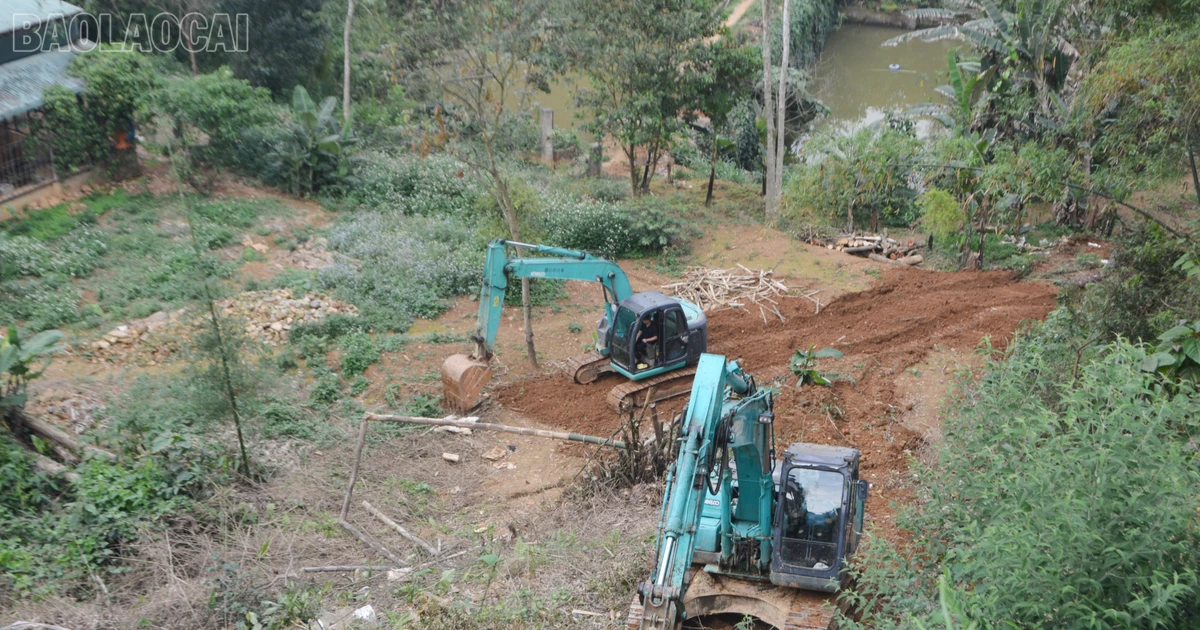








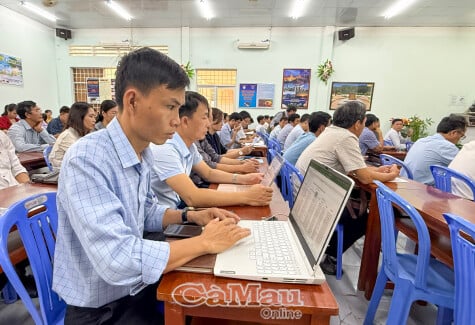

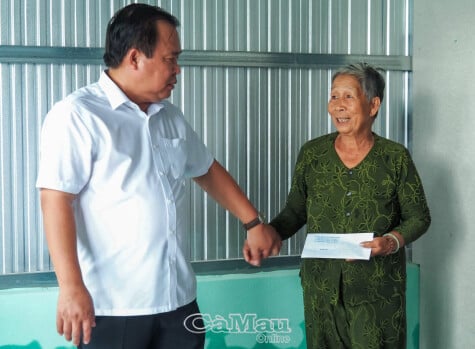
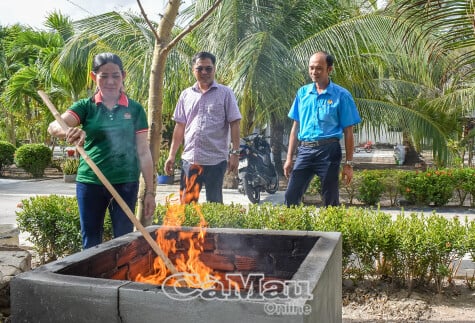

![[Photo] Summary of parade practice in preparation for the April 30th celebration](https://vstatic.vietnam.vn/vietnam/resource/IMAGE/2025/4/11/78cfee0f2cc045b387ff1a4362b5950f)










































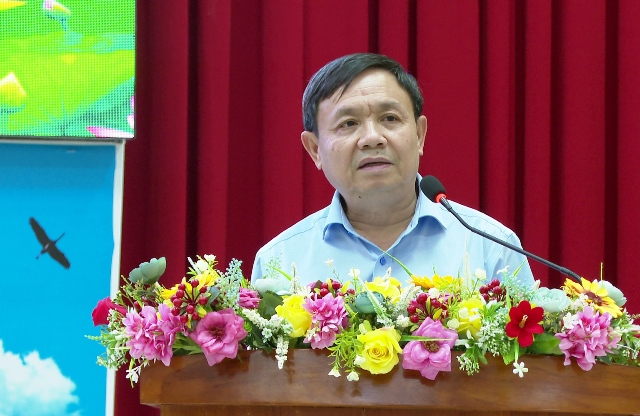


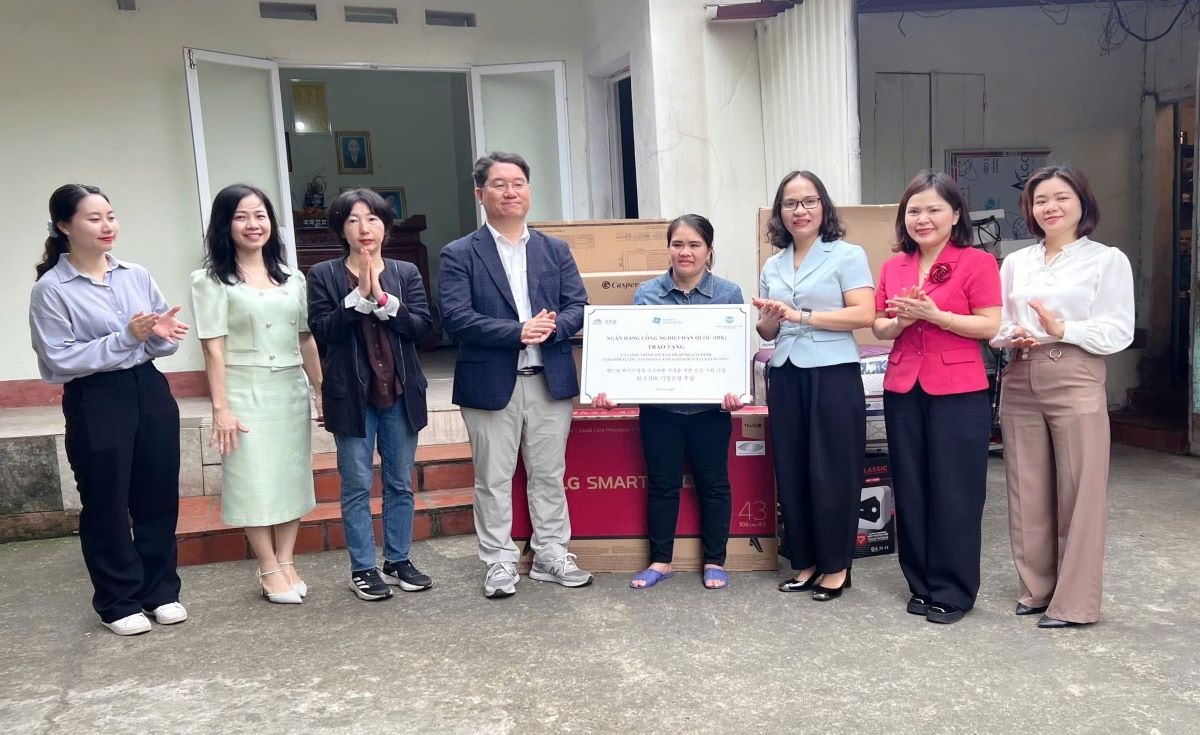

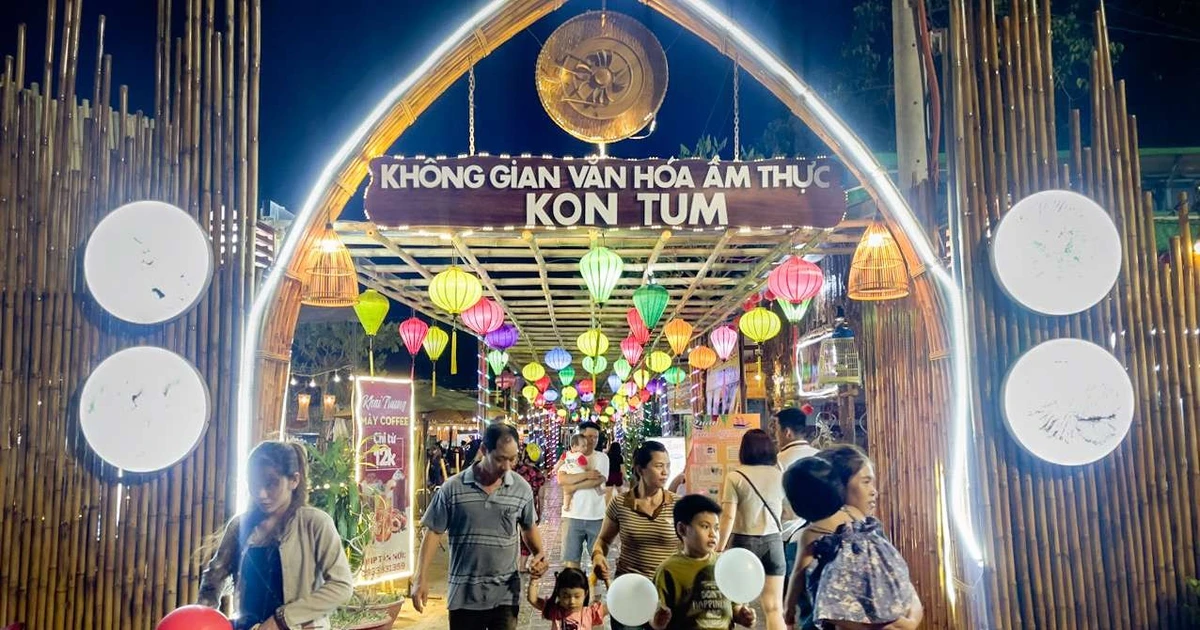













Comment (0)